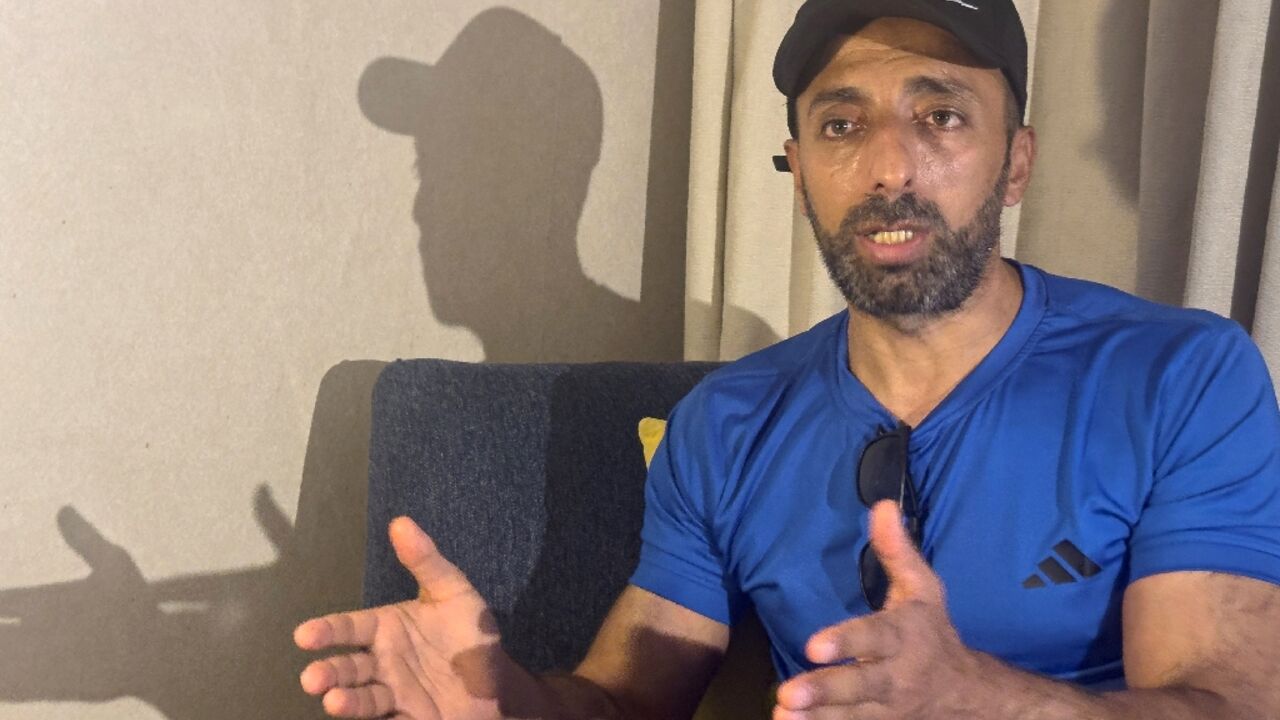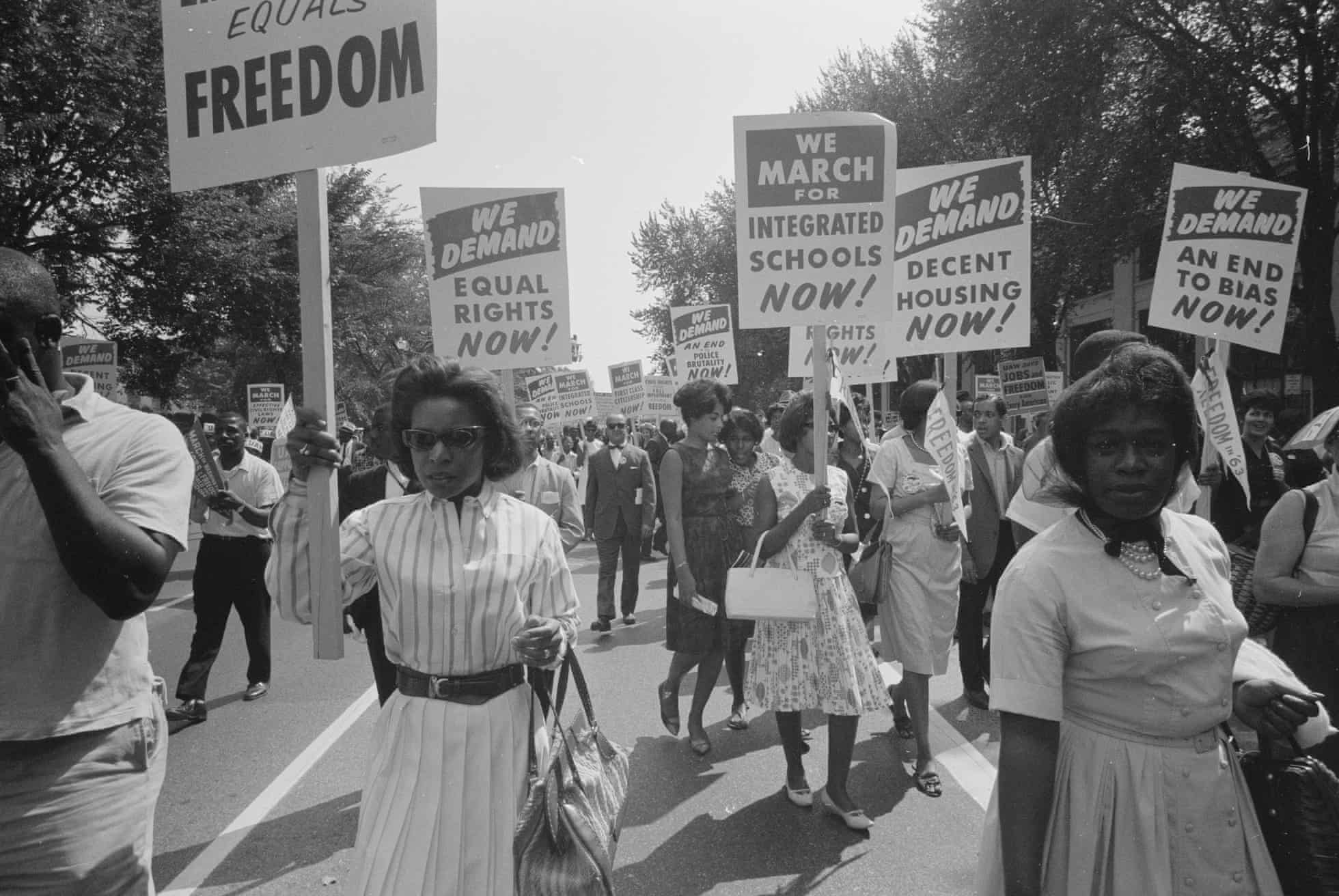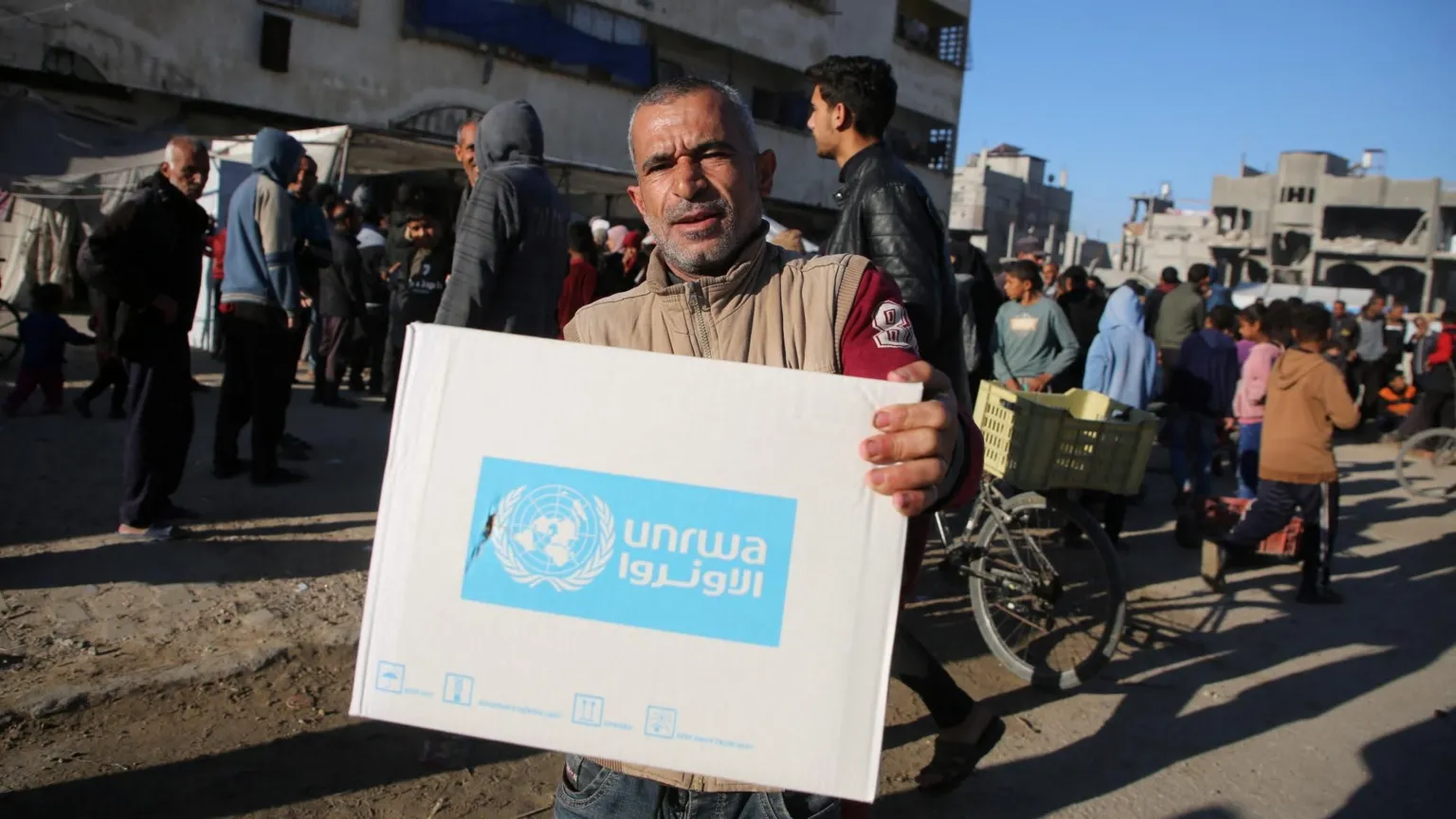 Zionist troops from Ben Dunkelman’s 7th brigade celebrate on July 17th, 1948, after the surrender of the mostly Christian Palestinian city of Nazareth. The Toronto Star calls Dunkelman a “hero” because he protected the residents from death or expulsion. But hold on. According to the UN partition plan, Nazareth was not supposed to be in Israel. And Dunkelman’s concern for Christians did not extend to Muslims. So what kind of hero is that? Read more
Zionist troops from Ben Dunkelman’s 7th brigade celebrate on July 17th, 1948, after the surrender of the mostly Christian Palestinian city of Nazareth. The Toronto Star calls Dunkelman a “hero” because he protected the residents from death or expulsion. But hold on. According to the UN partition plan, Nazareth was not supposed to be in Israel. And Dunkelman’s concern for Christians did not extend to Muslims. So what kind of hero is that? Read more
A feel-good Christmas story by Toronto Star writer Mitch Potter, told readers about Ben Dunkelman, the Canadian from Toronto who “saved” Nazareth. According to the Star article, “The Toronto man who saved Nazareth” Dunkelman is a hero because he protected the Christians in Nazareth from the Israeli military as it carried out its ethnic cleansing of the Galilee in 1948.
Dunkelman, who was an heir to the TipTop Tailor fortune, was the commander of one of the main Zionist forces which had already completed the expulsion of thousands of Palestinian Muslims. But Dunkelman hesitated when he came to Nazareth, a predominantly Christian city.
He asked for written orders to carry out the expulsion from David Ben Gurion, who had become Premier of Israel a few months earlier. Ben Gurion, concerned about how the expulsion of Christians from Nazareth would look in Europe, declined. Lacking explicit written orders, Dunkelman prudently decided to instead negotiate the surrender of Nazareth rather than attack it and expel its Christian residents.

 Human Rights Glance
Human Rights Glance They were freed in exchange for Israeli hostages held in Gaza, but instead of going home, 154 Palestinian ex-prisoners were exiled to Egypt, where they are confined to a hotel and kept under tight surveillance.
They were freed in exchange for Israeli hostages held in Gaza, but instead of going home, 154 Palestinian ex-prisoners were exiled to Egypt, where they are confined to a hotel and kept under tight surveillance. Immigration and Customs Enforcement has recorded its deadliest year since the early 2000s as agency officials push to increase the number of people in its custody.
Immigration and Customs Enforcement has recorded its deadliest year since the early 2000s as agency officials push to increase the number of people in its custody. Democracy flourishes when Black Americans advance. The evidence is clear: birthright citizenship, constitutional due process, anti-discrimination laws from education to housing to employment and equitable small business investments, are all byproducts of the systemic corrections known today as DEI.
Democracy flourishes when Black Americans advance. The evidence is clear: birthright citizenship, constitutional due process, anti-discrimination laws from education to housing to employment and equitable small business investments, are all byproducts of the systemic corrections known today as DEI. The International Court of Justice (ICJ) has said Israel has a legal obligation to facilitate the delivery of humanitarian aid to the Gaza Strip by the UN and its entities to ensure the basic needs of Palestinian civilians there are met.
The International Court of Justice (ICJ) has said Israel has a legal obligation to facilitate the delivery of humanitarian aid to the Gaza Strip by the UN and its entities to ensure the basic needs of Palestinian civilians there are met. Brooklyn-based writer and reporter Jasper Nathaniel was going through the Turmus Ayya olive fields in the West Bank when he captured the spine-chilling footage showing masked Israeli settlers beating Palestinian settlers senseless, armed with crude melee weapons.
Brooklyn-based writer and reporter Jasper Nathaniel was going through the Turmus Ayya olive fields in the West Bank when he captured the spine-chilling footage showing masked Israeli settlers beating Palestinian settlers senseless, armed with crude melee weapons.






























